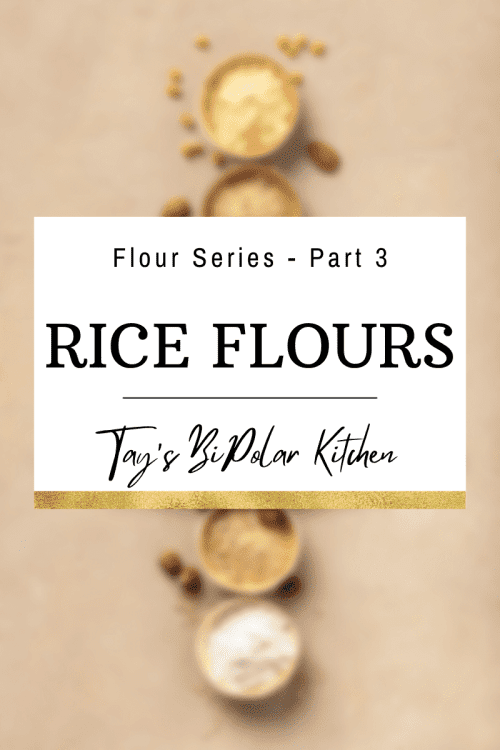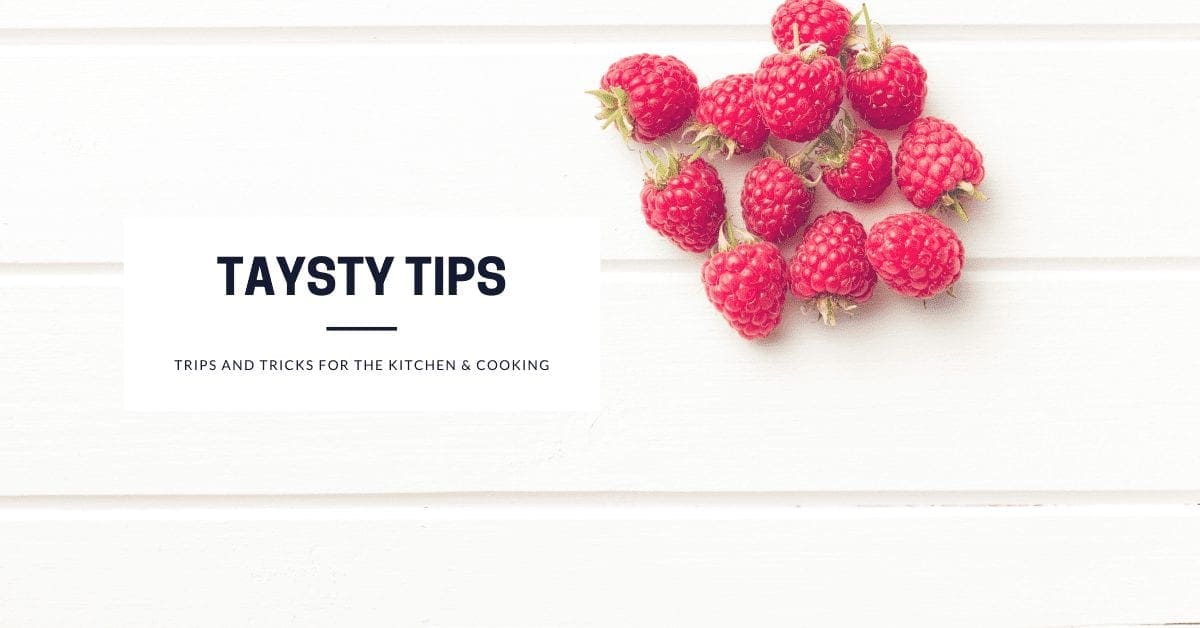Unleash the Power of Rice: How This Flour is Taking Over the Baking World
Welcome to part three of my six-part series on flour. We will dip into common, nut, alternative, ancient, specialty flour, and flour blends. We’re talking about rice flour!
Rice flour is a type of flour made from finely ground rice. There are several varieties of rice flour, each with unique properties and uses in the kitchen.

How it's Made
Rice flour is made by grinding uncooked rice grains into a fine powder. The rice grains can be either white or brown, depending on the desired outcome. The grinding process can be done using a high-powered blender, food processor, or grain mill. Once the rice is ground, it is sifted to remove any larger pieces and to ensure a fine texture. The resulting powder is then packaged and used as flour in baking and cooking. Rice flour is a staple ingredient in many gluten-free recipes and can also be used to thicken sauces and soups.
Rice Flours
Rice flour is a versatile ingredient that has been around for centuries, used in various cultures and cuisines worldwide. Whether following a gluten-free diet or just trying to mix up your flour routine, rice flour is a great alternative to traditional wheat flour. Its light, fine texture, and neutral flavor can be used in various baked goods, sauces, and even soups. This blog post will explore the different types of rice flour, from sweet white rice flour to brown rice flour and everything in between. So, whether you’re a seasoned baker or a beginner, join us as we dive into the world of rice flour!
Brown Rice Flour
Made from whole brown rice grains, brown rice flour is a nutritious option high in fiber and vitamins. It has a slightly nutty flavor and is great for gluten-free and low-carb baking and thickening sauces and soups.
White Rice Flour
Made from polished white rice, this flour has a mild flavor and is often used as a wheat flour substitute in gluten-free baking. It is also a popular ingredient in Asian cuisine, particularly for making noodles, cakes, and rice crackers.
Sweet White Rice Flour
A type of glutinous rice flour, sweet white rice flour is commonly used in Asian sweets and desserts. Its high starch content makes it a great thickener for sauces and soups, and it is also used as a binder in gluten-free baking.
Rice Starch
Rice starch is a fine powder made from the starch extracted from rice grains. It is a popular ingredient in gluten-free and low-carb baking as it provides structure to baked goods while keeping them light and tender.
In terms of nutritional value, rice flour is a good source of carbohydrates and is gluten-free. It does not contain significant amounts of protein, fiber, or vitamins and minerals, but it is a good alternative for those following a gluten-free or low-carb diet. When using rice flour, it is important to remember that it has a different behavior and texture than wheat flour and may require different ratios or additional ingredients in recipes.
Let me know if you have tried any of these in your cooking! Use the hashtags #taysbpkitchen and #flourseries
